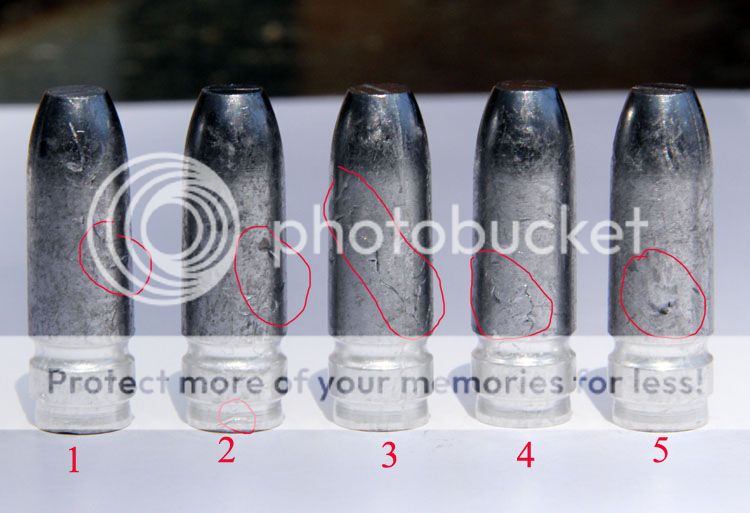Actually that's true. I did a Sb/BHN test some years back, my normal alloy that ran 3% Sb or just barely under that took 3-4 days to reach the 18 BHN goal via convection oven heat treating. I ran a test with the Sb about half of that and didn't expect it to reach 18 but it did. The difference in the two alloys was that the lower Sb alloy took three weeks to reach 18 BHN.
There has been a lot of XrF testing done and posted on the forum lately, one of these threads is a sticky & they both should be. Weights from both coasts and spanning several years have been tested and the consistency has really amazed me. Seems the lowly WW is much more consistent than I ever thought they would be. From this testing I'd think it safe to assume clip-on weights will contain about 2 3/4% Sb and one half of one percent Sn. Also from this XrF testing that could effect heat treating results and the time curve is that As comes up in some of the tests and none in other tests. I've always tried to balance the Sb/Sn and add 2% Sn by weight to my clip-on weights and it now seems that my "assumption" of 2% Sn was correct.
Rick

|
   
   
|


|
























